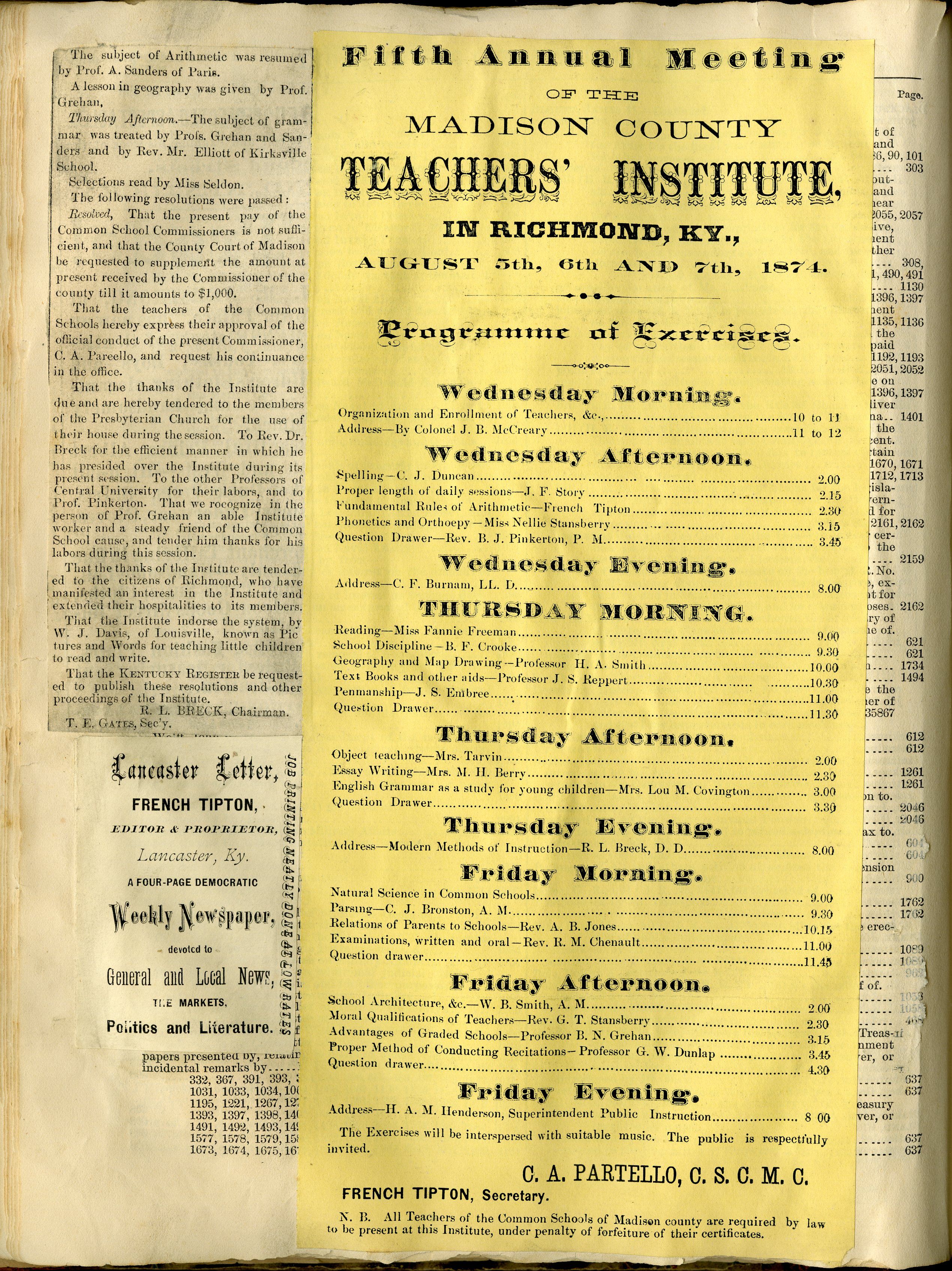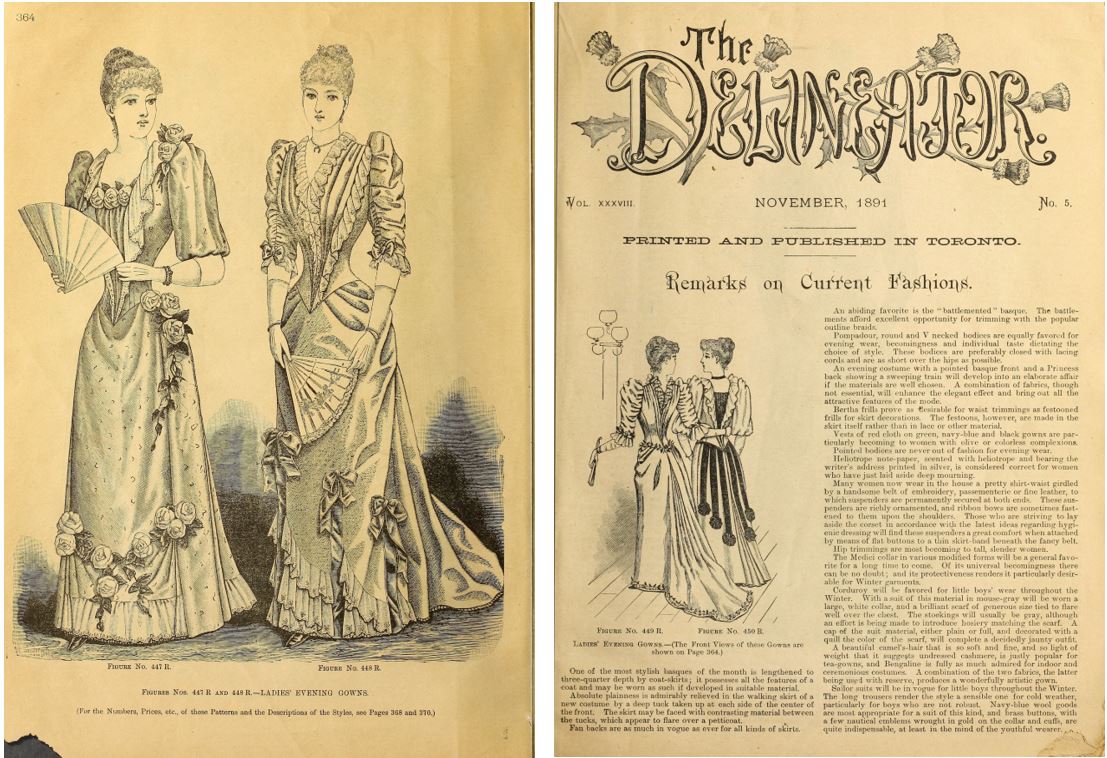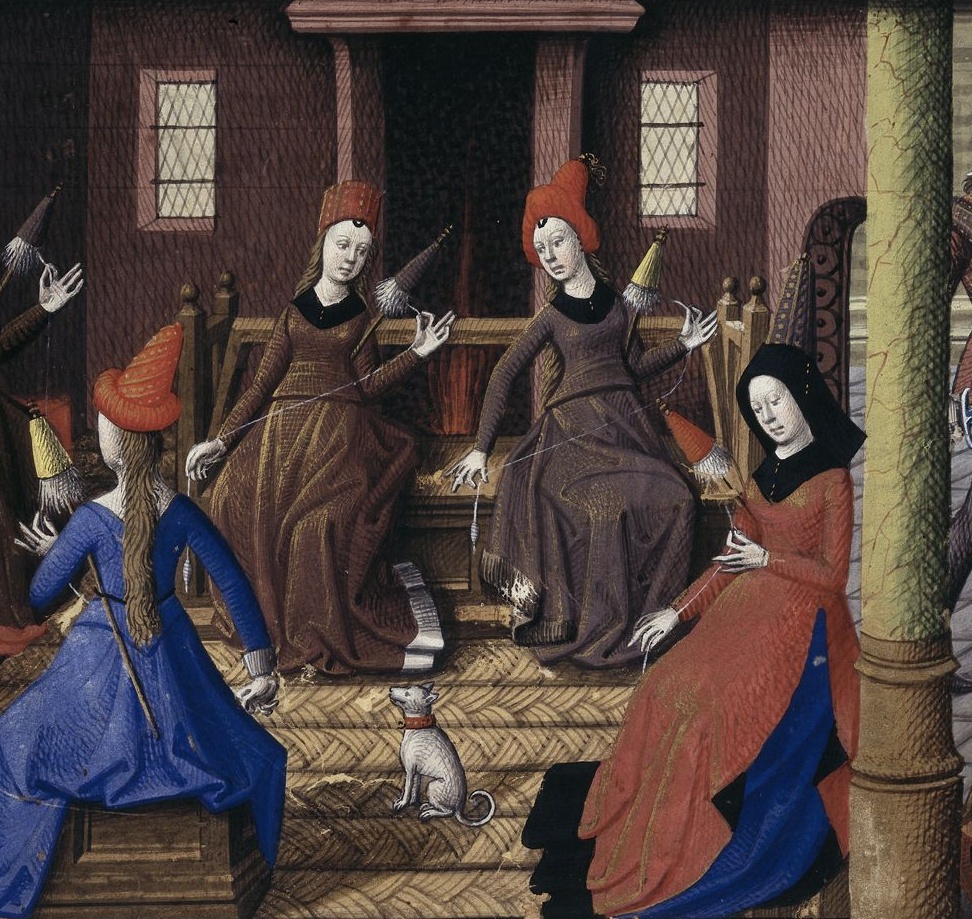Scrapbooks are stories created from re-purposed media and ephemera of the era. Historical scrapbooks are also primary sources for the classroom. Students analyze texts and images to more about daily life in the past and compare them to modern digital scrapbooking on social media (Facebook, Pinterest, or blogs)
A short history of scrapbooks
“Our life is a living Scrap-book. Clipped from the scroll of Time and pasted in by the hand of Fate, every day brings its contributions, and the leaves accumulate until the book is filled.”
From Scrap-books and How to Make Them, 1880 by Elklanah Walter Gurley (1834 – 1908). Teacher, principal, newspaper editor and Union Civil War veteran.
Over 130 years ago, E. W. Gurley promoted “scrapbooking” as a worthwhile personal, professional, and educational activity. While the format has changed, the purposes remain the same. A scrapbook, then and now, is a personal story created from re-purposed media (electronic or paper) and ephemera of the era.

Creating scrapbooks began in the 1820s when disposable publications such as newspapers and magazines became more common. People wanted to save important information relative to their lives so they literally cut information with scissors and pasted it onto paper for future reference. “Cutting and pasting” has taken on a new but similar meaning in the computer age. In the early days of scrapbooking, clippings were often pasted on recycled paper or books no longer needed, such as record or ledger books. As the pastime grew, blank books especially for scrapbooks were sold. Mark Twain patented and sold scrapbooks with self-adhesive glue strips included.
Select / click images for more information.
Who made scrapbooks in the 19th century?

Everybody! Rich or poor, famous people and average people, men, women, and children. Children were encouraged to keep scrapbooks because they were educational. Scrapbooks were thought to help children read better, learn to save and organize important information, and develop a useful hobby. Men and women kept professional scrapbooks to document their accomplishments or save useful information related to their interests. Frederick Douglass, Susan B. Anthony, Charles Sumner, and Mark Twain clipped articles from newspapers and magazines documenting their lives and interests. Many surviving scrapbooks were created by average men and women.
The 19th-century information overload grew as the century progressed. Printing technology improved, images began to be published in newspapers and magazines, advertisers distributed colorful trading cards. The invention of photography added a new element to scrapbooks. At first, portraits and photographs of important events, called cartes de visite, could be purchased from professional photographers and collected in special albums. In 1888, the first snapshot camera was introduced so that average people could now take their own snapshots.
Scrapbooks as primary sources for the classroom
Scrapbooks – albums on the table or collections that exist digitally – express how individuals interpret and value the information of their era. They also represent how technology and mass media have evolved over time. Check your local archives, historical society, museum, or attic for old scrapbooks. Many institutions have digitized all or some old scrapbooks for easy viewing online. For example, the header image for this post is a page from one of the many scrapbooks in the collection of my university’s archives.

Ask students to compare and contrast paper scrapbooking of the 19th century to digital scrapbooking on social media (Facebook, Pinterest, or blogs, for example).
The following questions might be helpful . . ..
- How does one choose what to include in a scrapbook? What to ignore?
- What stories does a scrapbook tell about an individual? What types of events are included and not included? Why does a scrapbooker “edit” her or his story?
- What types of media are re-used or repurposed in a digital and paper scrapbook?
- Is digital and paper scrapbooking a free or low-cost hobby? Why or why not?
- Who creates scrapbooks now? In the past? What are the similarities and differences in scrapbookers now and then?
- What can a historian learn and conclude about an individual, a society, or a group of people from several scrapbooks from the same time period?
In 1880, E. W. Gurley (in Scrap-books and How to Make Them) noted the following. How could his description of the mass media of his day, newspapers, be compared to modern internet reading habits?
. . . Our present system of newspaper reading has a tendency to weaken, rather than to strengthen, the perceptive faculties. We all read, but are we all well informed? The daily papers are sold by the ton, but so is gossip retailed by the hour, yet does any one claim that a community is prosperous or happy in proportion to the amount of gossip it keeps afloat ? But is it any the less gossip because it is printed?
Now, this habit of gossipy reading can be cured if we read for a purpose, look for something and keep it when found, and in no other form can it be so well preserved as in the pages of a good scrap-book. (p. 10)
Read more about the history of scrapbooking by this author:
- BOOK: Discovering Quacks, Utopias, and Cemeteries: Modern Lessons from Historical Themes
- Examples of historical scrapbooks and more.
More resources:
- The Scrapbook in American Life edited by Susan Tucker, Katherine Ott, Patricia Buckler, 2006
- Writing with Scissors: American Scrapbooks from the Civil War to the Harlem Renaissance by Ellen Gruber Garvey, 2013
- Scrapbooks: An American History by Jessica Helfand, 2008
- Blog post about pre-industrial scrapbooks – How to Keep a Zibaldone







Since we are making a time-travel scrapbook for my college class, I would love to show my future students that throughout history, people created scrapbooks as well. It links the activity to even more history!